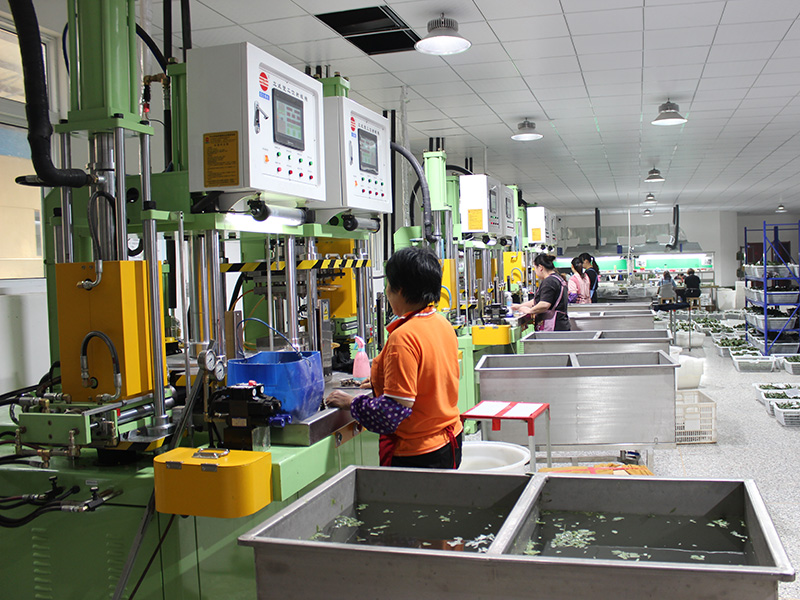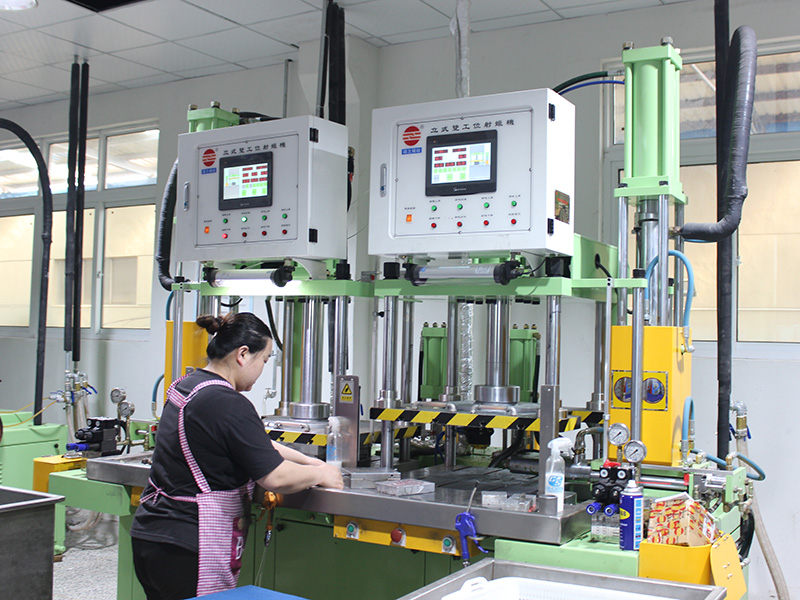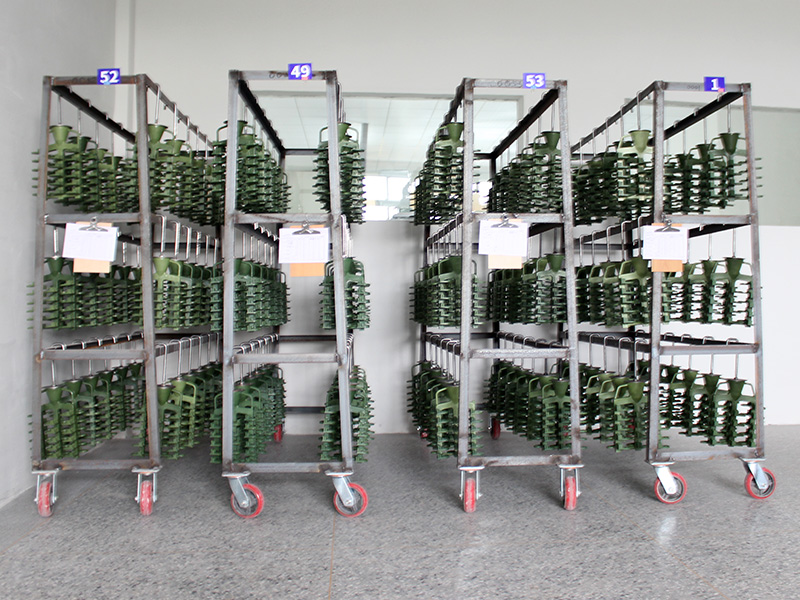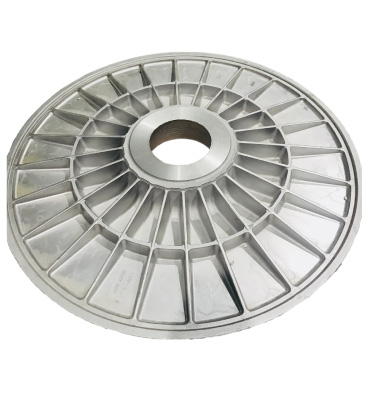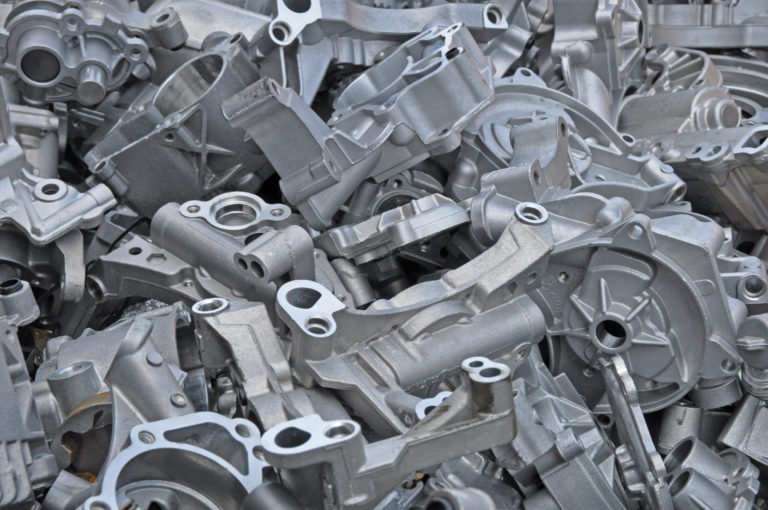LOST WAX CASTING PROCESS
2021-03-21 588
KarryCorp produces precision castings using the lost-wax technique. These castings have low surface roughness values, precise tolerances and are the highest quality steel castings available on the market. They are often used for components that operate in hostile environments, such as large differences in temperature or where the components are required to be especially hard, strong or light. To meet these tough demands, special alloys are often used for these castings.
How does ‘investment casting’ (lost-wax) work? An overview of the steps and phases involved is given below.
Step 1: Mould engineering & production
KarryCorp is one of the largest lost wax foundries in the world. By means of the lost wax method, high quality investment castings are produced with complex shapes and high dimensional accuracy. Besides that, this process offers a great degree of freedom in design and material choice. Your specific wishes and demands can be incorporated into the castings. By our decades long experience with the lost wax method, we can assure you a very efficient production process and top quality castings.
Step 2: Wax model spraying & Tree building
gjutning processteg 2
The mould is filled with liquid wax. After the wax has been cooled down, ejectors in the mould push the wax model out. A wax model has now been sprayed which is identical to the final casting. These wax models are glued onto a so-called wax tree with a casting funnel on top, into which steel is poured in a later stage off the process.
Step 3: Rinsing the wax trees
lost wax investment castings process
After the wax models have been glued onto a wax tree, they are rinsed. Any possible contaminations on the surface are removed to ensure a successful attachment of the ceramic onto the wax tree.
Step 4: Building ceramic layers
After rinsing the wax tree, the tree is given a fireproof ceramic shell. This shell is constructed after repeatedly submerging the tree (up to 7 or 9 times) in a slurry and sprinkle it with ceramic sand. The ceramic layers are then hardened in a drying chamber where they are exposed to air.
Step 5: Autoclave
After the layers have been formed and dried, the wax is melted out of the ceramic tree by using steam (120°C) in an autoclave. This is why it is called “lost wax casting”. The majority of the molten wax can be regenerated and is reusable.
Step 6: Sintering
The ceramic tree is then baked (stoked) at high temperatures of around 1100°C and reaches its final strength through the sintering process. Any wax remains are burned out during this process.
Step 7: Casting
The desired steel alloy is melted in a large furnace of 800kg and brought to cast temperatures. The ceramic tree is, at the same time, heated in a oven to prevent thermal shocks during the pouring process. After the tree has been heated, it is removed from the oven by a robotic arm and filled up with a steel alloy by use of counter gravity. When the trees have been poured, they are placed on a cooling conveyor where they are cooled down. (with nitrogen).
Stap 8: Finishing
The trees are then removed from their ceramic shell, by using a fully-automatic hammer to break the shell. This removes the majority of the ceramic. The next step is to cut the products from the trees by sawing or vibrating. The steel leftovers will be sorted based on alloy and can be melted again during the next casting session.
Step 9: Blasting, grinding and visual inspection
The Finishing Department removes the last pieces of ceramic by means of steel, sand and/or water blasting. The ingate which remained after the sawing process, is grinded from the casting. To grind the product properly, a grinding fixture is often applied.
The Quality Department checks all products visually for possible casting failures. This check takes place according to a quality standard sheet to ensure that all possible surface failures are corrected properly. Due to this procedure you can be assured that KarryCorp only delivers high quality castings.
Step 10: Machining and heat- and surface treatment
KarryCorp has the capabilities to machine castings in house, such as drilling holes, tapping threads and turning & milling activities. This enables KarryCorp to deliver a completely machined component that is ready-to-install.
Some alloys require heattreatment to achieve a certain hardness, tensile strength or elongation according to 2D drawing specifications. The standard heattreatments are performed in-house, the complex treatments are outsourced. KarryCorp also has the know-how to perform a surface treatment for a casting.
Surface treatments involves the coating process of a steel surface, to enhance the looks of the surface or protect it against external influences such as corrosion (rust) and natural wear (damage).
Step 11: Final inspection
The final step in this process is another visual check and when necessary composing a measurement report and material analysis. After the final inspection, the products are ready for shipment to another satisfied KarryCorp customer.
Features & benefits
If you select KarryCorp to have your steel component developed and produced, then you are opting for quality, certainty and reliability. From idea to implementation. Our investment casting process has the following characteristics:
Significant freedom of shape and design
Nearly every steel alloy is possible
High degree of dimensioning precision
No release angle required
High surface quality
Obviates mechanical post-processing
Non-releasing cores can be cast
Dimensions & tolerances investment casting products
Precise dimensioning characterises the lost-wax method. Extremely precise tolerances often make a design needlessly expensive. With our decades of knowledge and experience we can save you costs by determining the best dimensioning in consultation with you. The final result? Optimal use of our casting process.
The tolerances for “lost wax model” castings are established in an international norm: VDG P690. KarryCorp produces according to this norm, such that class D1 is considered the standard.
Class D1: Standard tolerances
Class D2: Precise tolerances
Class D3: Extremely precise tolerances, feasible for a limited number of dimensions and/or surfaces.
The production process at KarryCorp is highly automated. This results in decreased process spread. Because of our human-independent production, the casting process is extremely consistent. This allows KarryCorp to produce cast pieces more precisely than international standards require.
Surface quality investment castings
The roughness of KarryCorp precision castings varies from Ra 1.6 tot 6.3 µm, depending on the steel alloy used. This low roughness means that an additional processing is often not needed. That can result in considerable cost savings for you. However, if lower roughness values still are required then an extra surface treatment may be necessary, such as electrolytic polishing …
